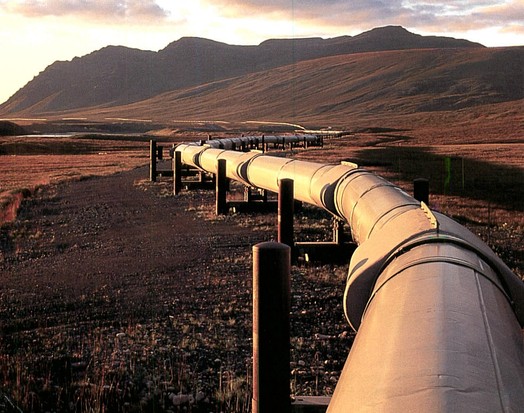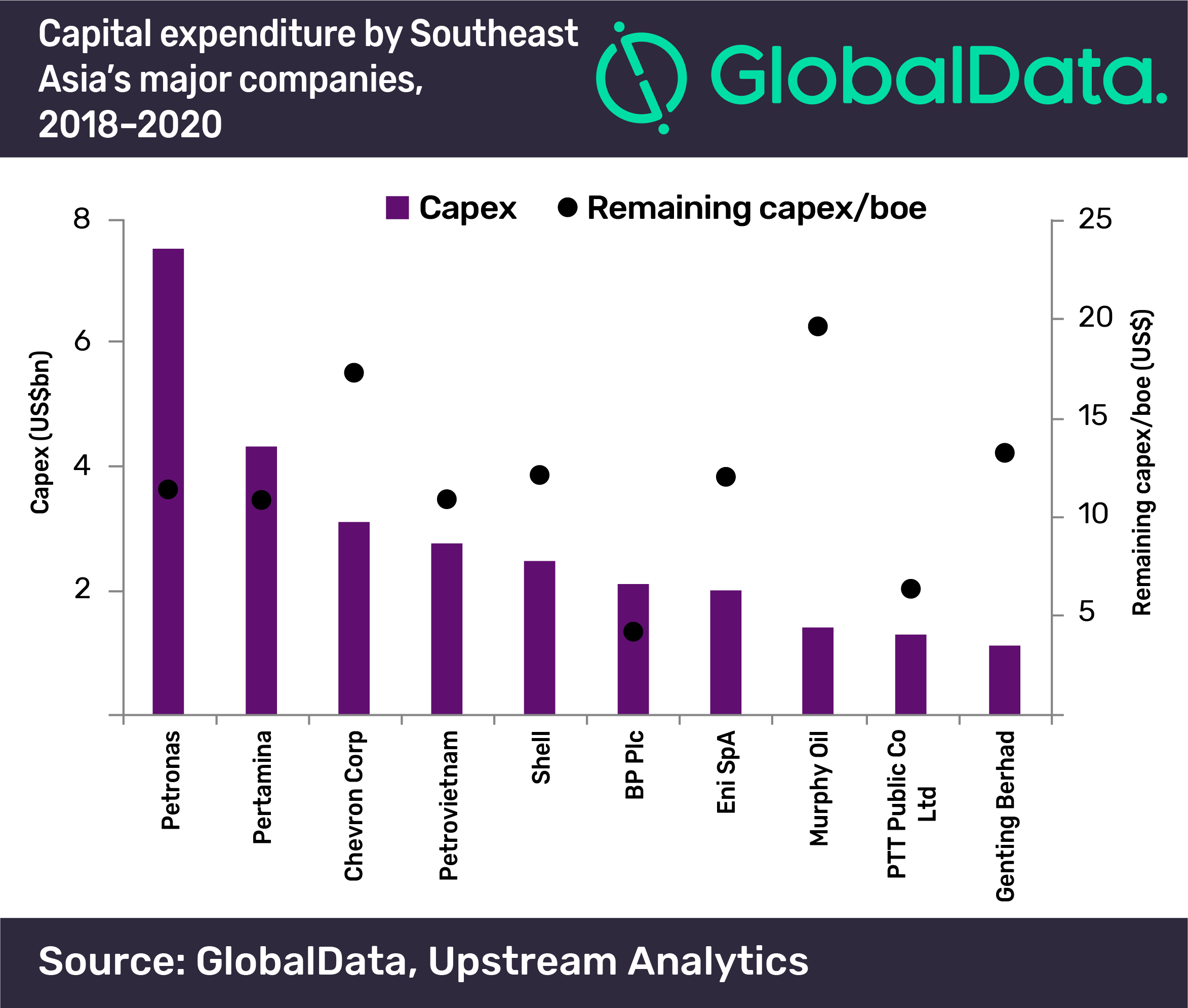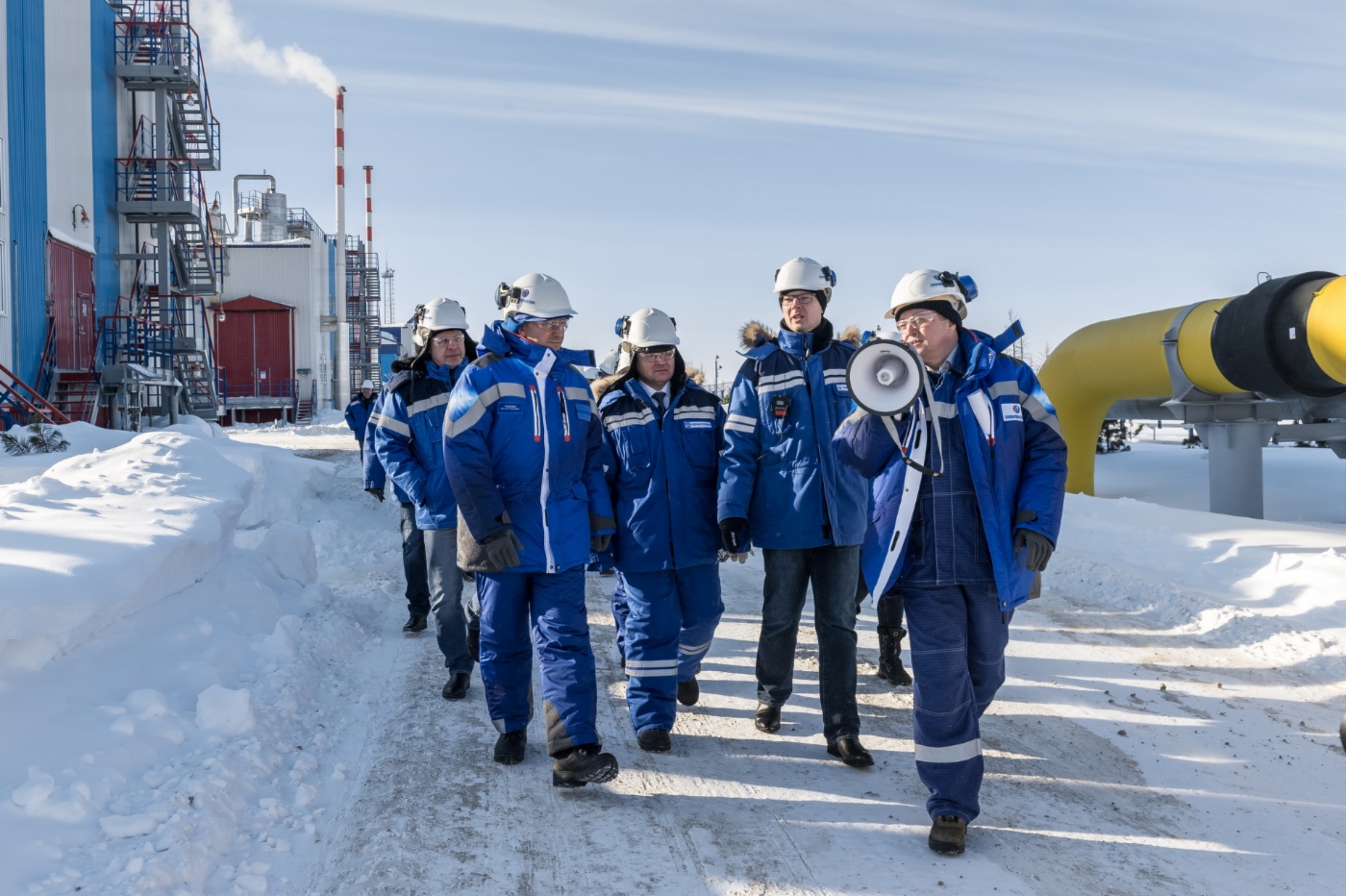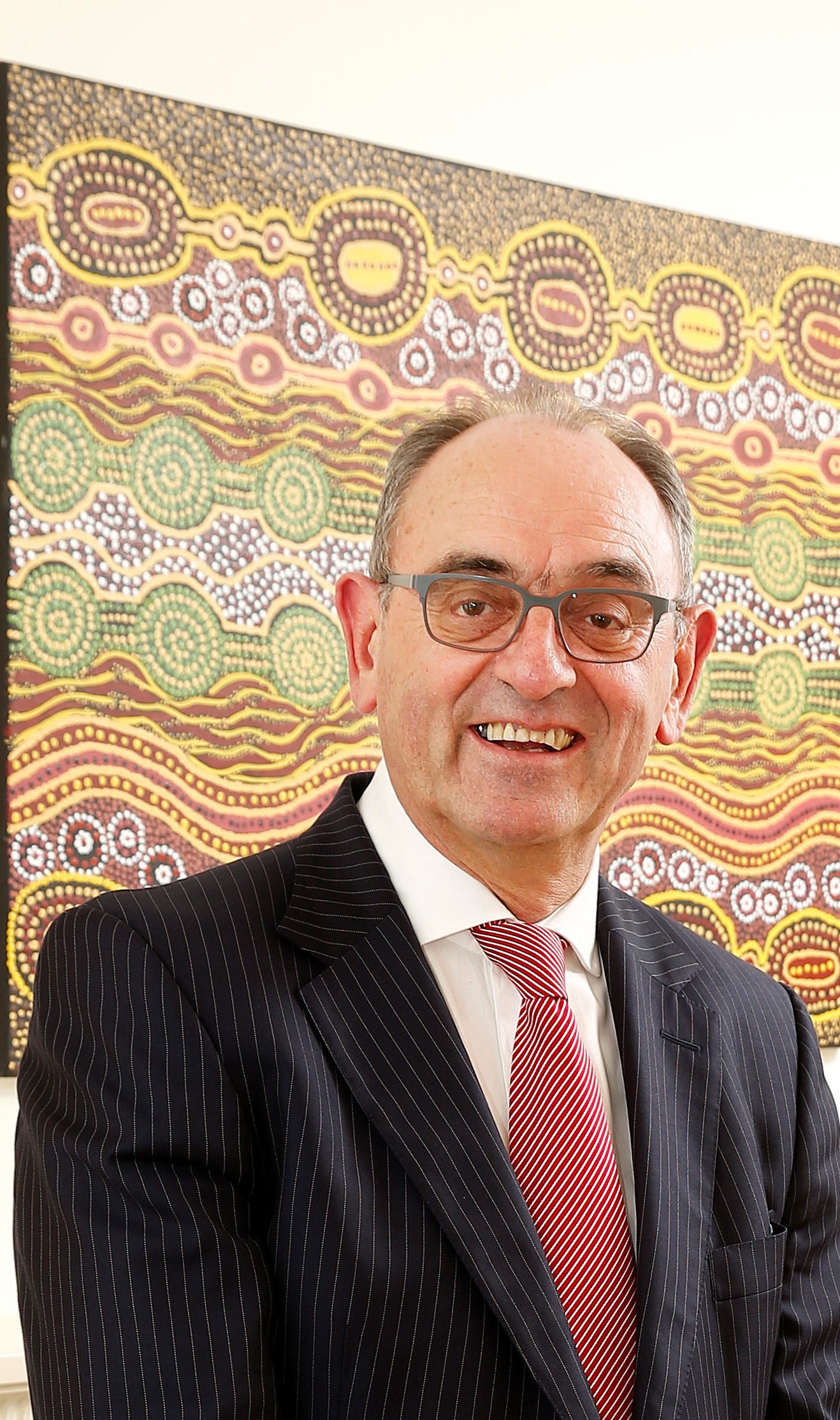Former Western Australian premier Colin Barnett’s “pipe dream” of constructing a 2400km gas artery traversing from west to east Australia would, if realised, produce one of the longest pipelines on the planet.
But not the longest, according to GlobalData, which said recently that analysis of planned and announced trunk/transmission oil and gas pipelines in Europe, the Middle East and Africa, had revealed the Trans Saharan Gas project pipeline to be the biggest of them all with a length of 4,400km.
GlobalData did not consider the Keystone Pipeline from Canada to the Gulf of Mexico, which would span 3,450km if it is constructed.
The African Renaissance Project pipeline and the Gasnosu pipeline follow with lengths of 2,600km and 2,100km, respectively.
Whether Australia’s west to east pipeline every becomes a reality is still a moot point. The cost of the project has been flagged at $5 billion but is still the subject of a study launched by Australian Energy Minister Josh Frydenberg. Recently, more economical options of getting gas from the plentiful North West Shelf to the famished east coast have been tabled – including LNG cargo shipments to floating regasification terminals in Newcastle or Port Kembla by mining magnate Andrew Forrest.
In West African the Trans Saharan Gas project pipeline begins in Nigeria and is expected to start operations in 2021. The Nigerian National Petroleum Corporation (45%), the Republic of Niger (10%) and Sonatrach SPA (45%) are its stakeholders, and Trans Saharan Natural Gas Consortium is the operator. The pipeline has a total capex of US$12bn.
The African Renaissance Project pipeline starts in Mozambique and has a proposed length of 2,600km. It is an onshore gas pipeline and is expected to start operations in 2021. China National Petroleum Corporation (20%), Empresa Nacional de Hidrocarbonetos EP (28%) and Profin Consulting Sociedade Anonima (28%) are its stakeholders. The pipeline has a total capex of US$6bn.
The Gasnosu pipeline, which also starts in Mozambique, is the third-longest planned pipeline, with a length of 2,100km. It is an onshore gas pipeline and is expected to start operations in 2020. Gigajoule International (Pty) Ltd has a 49.6% stake, but the other stakeholders are unknown. Matola Gas Co. is its operator, and the pipeline has a total capex of US$4bn.
The Iranian Gas Trunk line-IGAT IX pipeline, which starts in Iran, is the fourth-longest planned pipeline, with a length of 1,900km. It is an onshore gas pipeline and is expected to start operations in 2020. National Iranian Gas Co. has a 100% equity stake in the pipeline and is also the operator. The pipeline has a total capex of $6bn.
The fifth-longest planned pipeline, Trans Anatolian (TANAP), starts in Turkey, with a length of 1,850km. It is an onshore gas pipeline and is expected to start operations in 2018. Botas Petroleum Pipeline Corporation, BP Plc and State Oil Company of the Azerbaijan Republic have 30%, 12% and 28.4% stakes, respectively, but the other stakeholders are unknown. Tanap Dogalgaz Iletim AS is the operator. The pipeline has a total capex of $8bn.





